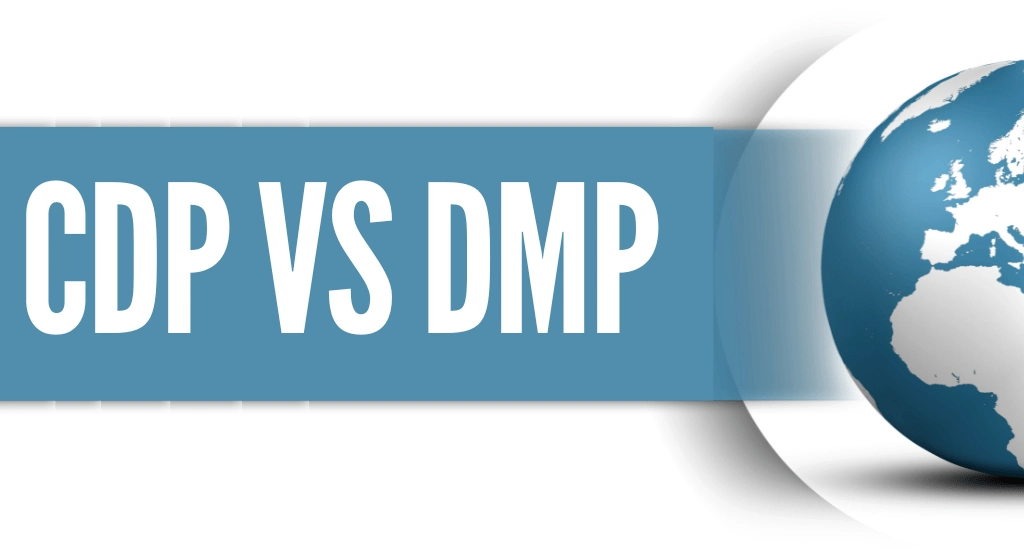The data-driven marketing (DMP) and customer data platform (CDP) are two different types of software that help companies capture and manage customer data. In this article, you’ll look at what each tool does for marketers, difference between CDP and DMP, and which one you should choose for your company.
Data collection
The two differ in how they collect data. For example, data-driven marketing solutions such as CDP and DMP are designed to collect data from various sources, but each offers a slightly different approach.
- CDPs are cloud-based solutions that collect data from various sources and then send it to a DMP for processing. Adobe Real-Time CDP professionals say, “A data management platform (DMP) pulls user data from third parties to target audiences more efficiently.”
- By contrast, DMPS provides a platform where developers can access their own APIs (Application Programming Interface) or use other people’s APIs to pull non-proprietary information into one place. They also offer tools like dashboards and reporting features so you can analyze your specific audience across channels based on demographic profiles, purchase history and more.
Data management
- CDP is more flexible. While DMPs can only target specific people based on their data, CDPs can be used to target anyone and everyone.
- CDP is more scalable. A DMP may work well for a small business with a few hundred customers, but it’s not feasible for larger companies with millions of customers and multiple divisions to manage all the data points in each customer profile. This is where CDP comes in handy: because you’re dealing with open-source technologies like Apache Hadoop, you can scale your system up or down as needed without worrying about capacity issues or prohibitive costs.
- CDP is more cost-effective in the long run since it’s built around open-source tools like Hadoop and Spark instead of proprietary software from Oracle or Salesforce that require annual licensing fees (not including maintenance fees).
Integration
The main difference between CDP and DMP is that with CDP, you have control over your customer data, while with DMP, you don’t. With CDP, you get access to all your customer information so that when customers sign up for your product or service, they know what they’re signing up for and what benefits they’ll receive in return. But, on the other hand, with DMPs, there’s no transparency about who owns what user data because companies like Google and Facebook own all user information collected by their users’ activities on their sites.
What should you choose?
As you can see, there are many similarities between CDP and DMP. However, the two strategies have very different audiences. For example, CDP is a great option for smaller companies with limited resources who need more market visibility. In addition, it provides a solid foundation to build your future digital marketing strategy.
Hopefully, this article has given you a good overview of CDP and DMP. While each system is designed for different purposes, they can be paired together to create an effective marketing strategy. With so many options available, it can be hard to know which one will work best for your needs – but if you’re looking into these two types of platforms specifically because they can work together seamlessly, then it’s recommended giving them both a try before making any decisions!

